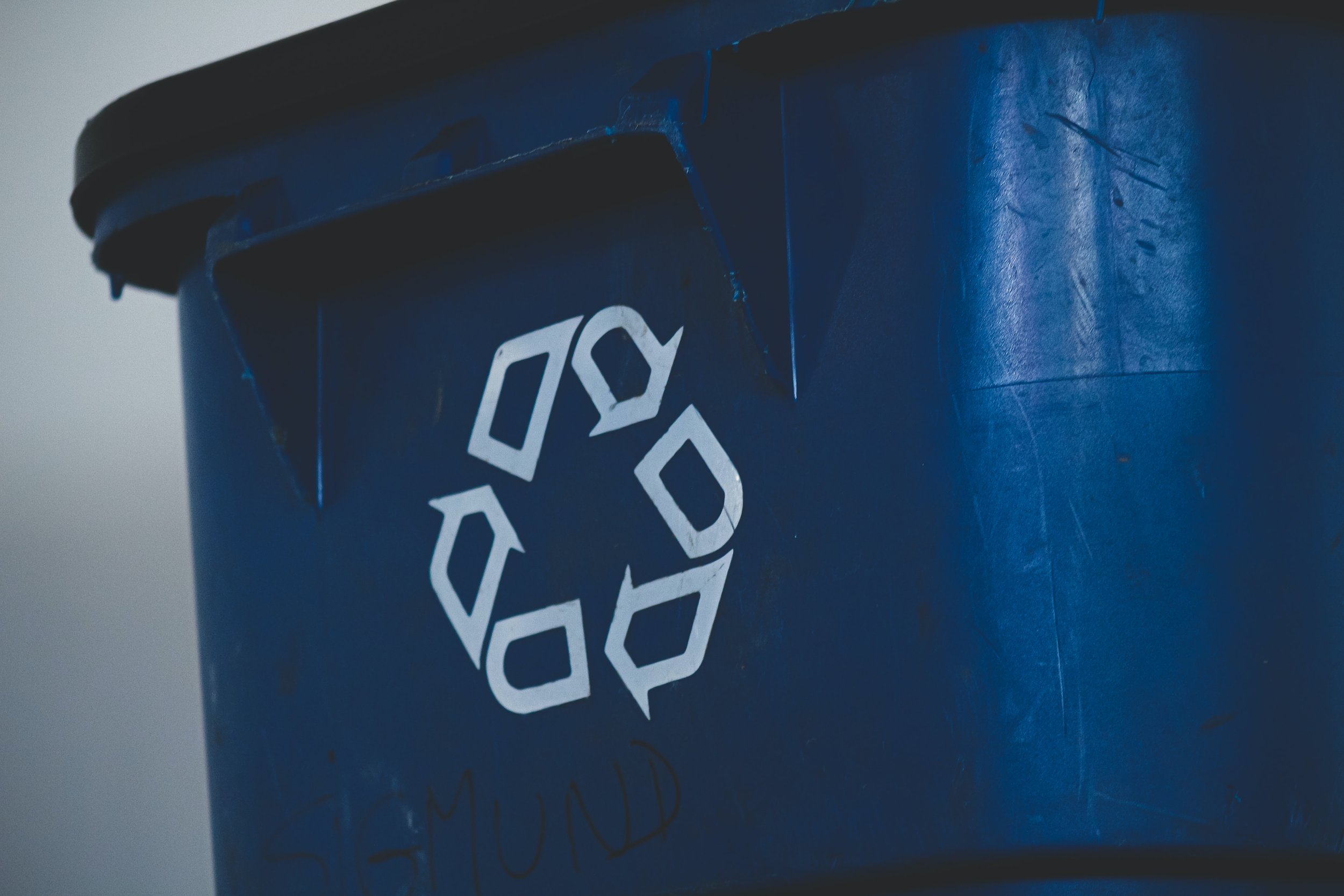Washable Solvent-Based Shrink Sleeve Inks
Shrink sleeves are becoming increasingly popular among CPG brands due to their countless benefits: 360 degree label coverage, perfect label shrinkage to even the most unique shape or size, easier and more affordable application process, and so on.
But as shrink sleeve usage has increased, the concerns about shrink sleeves’ recyclability have increased as well.
According to the EPA, the recycling rate for PET is only about 29%.
The difficulty of removing inks from shrink sleeves is a large factor in this low recycling rate.
During the caustic-bath washing process used to remove ink, many conventional inks will bleed into the water. This discolors the solution and contaminates the plastic. At that point, the plastic can’t be reused in any high-end applications, so it’s limited to lower-end applications or even sent to the landfill.
Is There a Solution?
Should sustainably-minded brands ditch shrink sleeves and forfeit all the other incredible benefits they offer?
Not necessarily.
Washable solvent-based inks for shrink sleeves have begun to change the conversation around de-inking, and allowed sustainably-minded brands to have the best of both worlds… beautiful and stand-out shrink sleeve labels AND a product that can be recycled.
Washable solvent-based inks are released from the shrink sleeve film in a limited and controlled way, creating ink particles large enough to easily be filtered and removed from the caustic wash without damaging the plastic.
As a result, this type of ink allows for increased recyclability while maintaining all of the benefits of solvent-based inks. Because they provide a way to remove ink without staining the flake or wash water, plastic can be preserved for re-use at a higher level, known as primary recycling.
Primary recycling involves mechanically reprocessing the plastic into a product with equivalent properties, while secondary recycling can only reprocess the plastic into products with lower properties.
How Can Your Brand Implement Washable Inks?
Is your brand passionate about sustainability, but also looking to reap the many benefits of shrink sleeve labels?
Washable solvent-based inks are definitely worth a look.
Not only do these inks increase the recyclability of your product, but they also include the following advantages:
Durable and long lasting: Solvent-based inks are composed of a fluid, pigment, and resin, or adherent. This composition and application enhances durability.
Resistant to scratches: Solvent-based inks are dense and absorb into the packaging materials, preventing scratching and allowing material to bend and stretch without cracking the ink.
Wide variety of colors: Solvent-based inks allow for a smaller dot size when printing, which creates a tighter gradient and a wider variety of color options.
If you’re ready to explore solvent-based inks even further, our team is available to help you make the best decision.
Step 1. Schedule a packaging consultation with one of our packaging experts. We will walk you through the practical implications of a transition to washable solvent-based inks or any other sustainable packaging options that would be a good fit for your product.
Step 2. We’ll send you complimentary samples to test.
Step 3. We’ll provide you with a quote.
There are also many other sustainable shrink sleeve options, including easier-to-recycle shrink sleeve material, zipper perforations for convenient label separation (a necessary step in the recycling process), and design elements such as Smart QR codes to guide consumers toward the recycling best practices for your product.
Our team would love to help yours as you navigate this ever-changing issue of sustainability.
Schedule your complimentary consultation by filling out our contact form, emailing us at info@tangopackaging.com, or calling (844) 33-TANGO [82646].



